HOW TO VIEW DIAMOND COLOR
THIS IS HOW YOU VIEW DIAMOND COLOR
This post contains affiliate links. If you use these links to buy something I may earn a commission. Thanks! As an Amazon Associate I also earn from qualifying purchases.
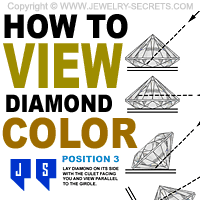
Diamond color is a difficult thing for most people to view.
Unless you come across a diamond with M color, very few people will see any difference in body color whatsoever.
Why is this?
Because the sparkle, brilliance, fire, and reflections of the diamond will mask the color of the stone and make it difficult to judge.
Most consumers are left with just viewing diamond color on a diamond color chart as such…
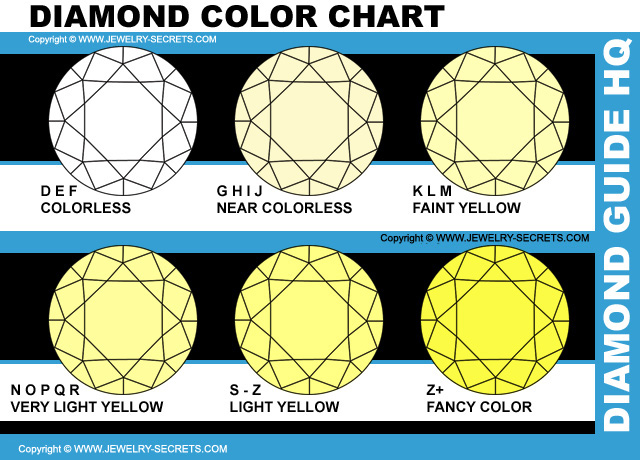
So while you may see some slight color if you look hard enough at a real stone, or if you compare stones side by side… I’m here to tell you, there is a better way.
You can see color more accurately if you just change your perspective, and view the diamond from the side.
View the diamond from the side.
In fact, viewing the diamond from the side and bottom is how diamond grader’s grade color.
Take a look at the image below that shows off 3 different diamond colors: D color, G color and K color.
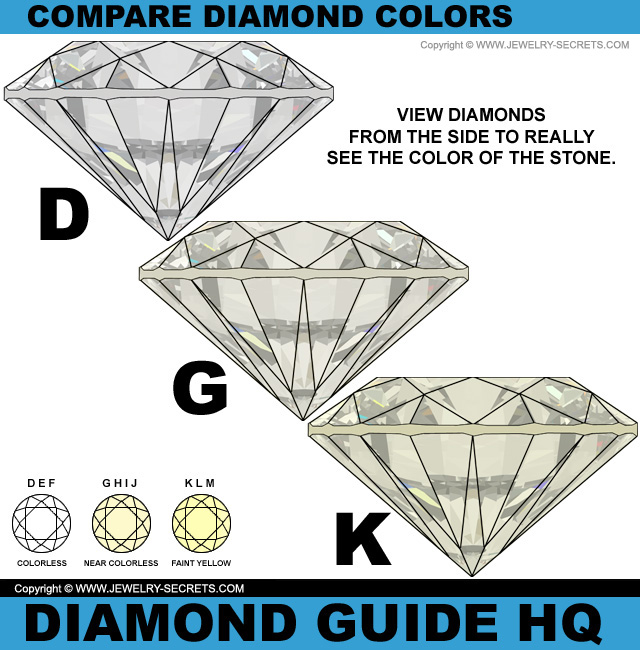
See how the color is more apparent from the side?
GIA actually has master color stones, E-Z, that they measure diamond color against when they’re analyzing a stone.
GIA doesn’t have a D colored master stone, since any diamond whiter than an E is automatically rated a D.
Here’s an example of what master color stones would look like…

P.S. You can buy yourself a set of color master stone set from Amazon, like so…
Not only does the side view help bring out the true color of a diamond, but there are even more positions you can view the diamond in to see color.
5 different diamond color viewing positions
First off, the best way to view diamonds in these different positions listed below, is by using a diamond color grading trough, or simply fold up a white business card to make your own diamond color grading tray, like such…
Now, let’s get to the 5 different color viewing positions…
(Images of all these positions are after the descriptions)
Position 1
Place the diamond face down in the diamond trough or tray. View the color of the stone through the pavilion.
Position 2
Place the diamond face down in the tray and view the color of the stone parallel to the girdle, through the pavilion.
Position 3
Lay the diamond on its side, with the culet facing towards you, and view the color of the stone parallel to the girdle.
Position 4
Place the diamond face down and tilt the stone towards your eye. Now view the diamond color parallel to the girdle as seen in the image below.
Position 5
Place the diamond sideways in the tray or trough, with the diamond culet facing towards you, and view the stone through the pavilion.
Images of all these positions and color viewing angles are in the image below…
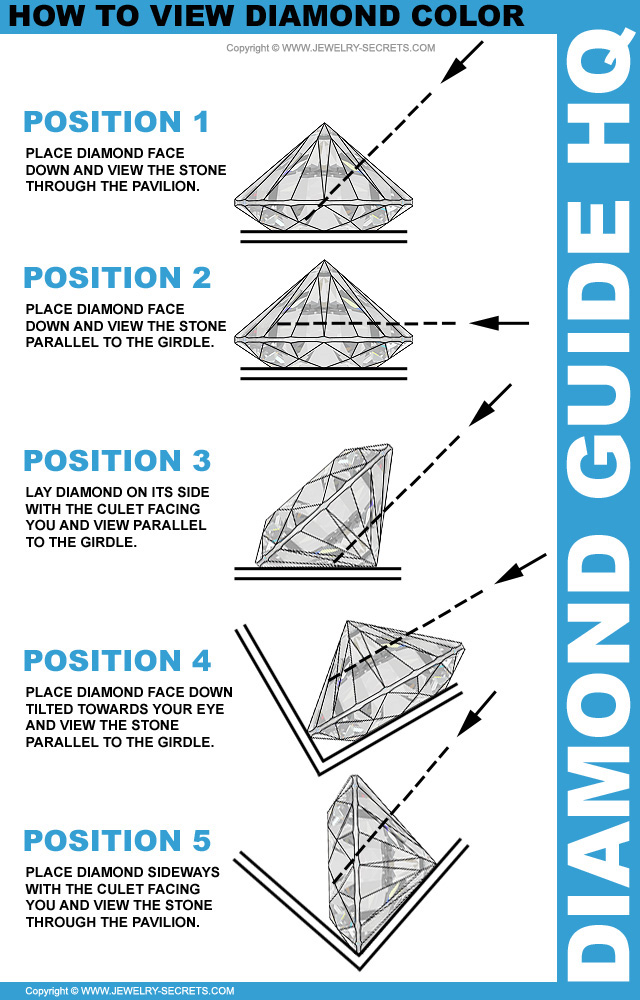
Now you should be able to view color like a pro.
Do note that this really only works for loose diamonds, as a mounted diamond will be difficult to view from the bottom, plus a mounted stone will also pull color from the mounting, as well.
Loose diamonds work the best.
So the next time you’re out looking at stones, look through the bottom and side. You can also do this under a microscope as well, but the bright light of the scope may overpower any diamond color present.
The best Lighting to view diamond color with is a balanced daylight-equivalent fluorescent light.
That’s the ideal lighting situation.
Now you know the inside scoop on diamond color and judging color…
But there is one last thing to understand when it comes to color.
Carat weight affects color
The size of the stone can change the way that color is perceived. Larger stones will exhibit the color of the stone stronger. It’s just easier to see more of the stone with the eye, hence, it makes the color deeper and more visible.
So a 1/2 carat diamond with J color may look white from the side, while a 1.00 carat diamond with J color could look more yellow.
All good things to know.
The larger the diamond, the stronger the hue.
So if you’re looking at bigger stones, try to go for white diamonds (D-H), just like these diamonds here.
Cool, eh? :)


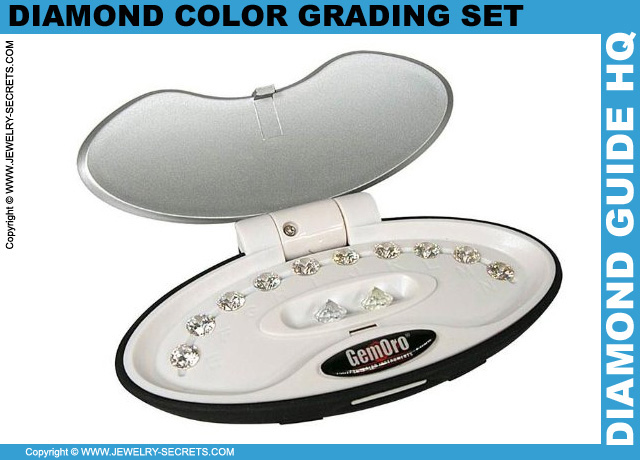
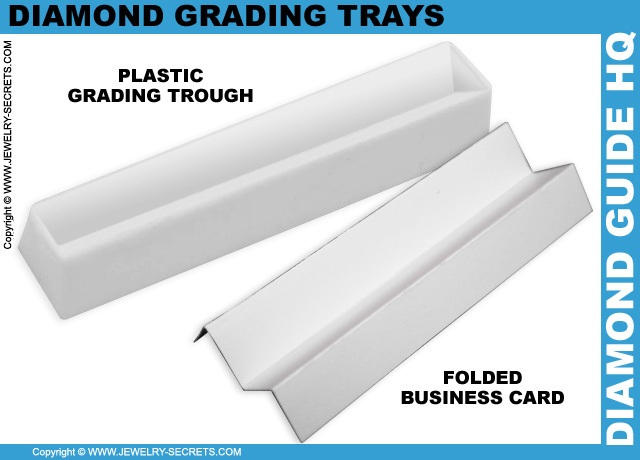
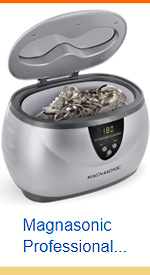

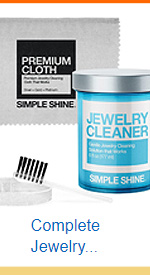
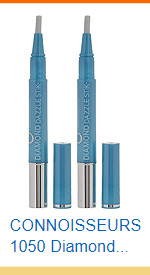
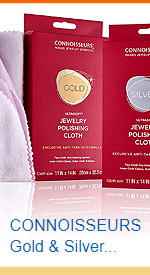

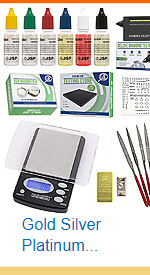

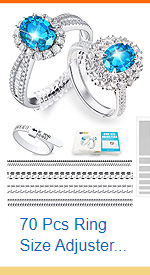
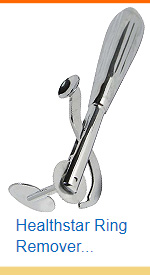
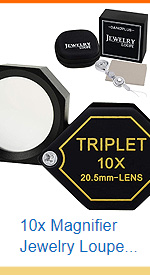
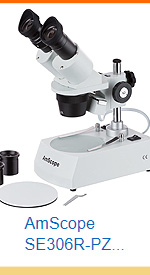




Leave a comment